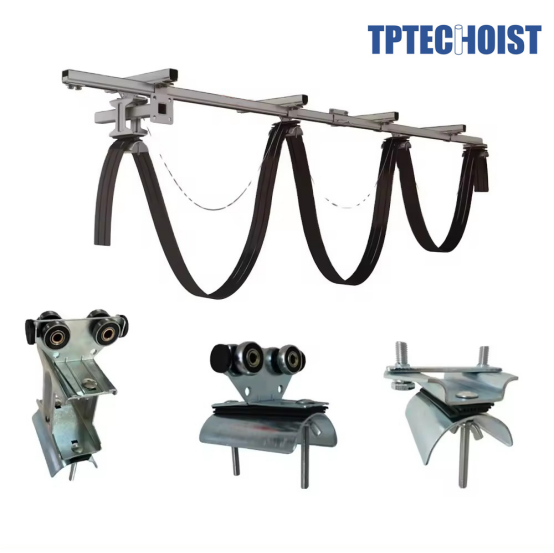Get to Know the Parts of a Crane
Cranes are machines that are designed to hoist and move heavy objects. But have you ever paused to consider just how a crane operates? So let’s break down the various components of a crane, and how they all work together to get the job done.
The Basic Operations and Components of a Crane
The boom is one of the most important components in a crane. The boom, which can extend outward from the Electric Crane System, is essentially a long arm that is used to lift things. The boom ends in an iron hook to which a rope or chain is fitted. This is the hook that is thrown in order to grasp objects and fling them.
The cab is the second most essential feature of a crane.
The crane is operated by the person sitting inside the cab of the crane. The driver can adjust the position and raise and lower the Crane Components from the cab with levers and buttons.
Peeking Inside of a Crane
The counterweights are also important parts of a crane. Such weights which are positioned at the rear of the Crane , are used to counter-balance the load of the load being raised. With no counterweights, the crane might topple over or become unbalanced.
Jib: Another portion of a crane used to support the boom and to give it a longer reach. At the end of the boom is a smaller arm, called the jib, which can be raised, lowered and otherwise manipulated to change the hook’s angle.
The More Crane Parts to Explain What Crane Parts Do
The hoist is one of the most critical attachments that a crane can have. The hoist is the piece that raises and lowers things. A hoist contains a motor, gearbox, and drum that the rope or chain wraps around. When the operator presses the hoist's control button, the motor turns the drum, coiling the rope around it and raising the object.
Another important part of a crane is the outriggers.
The outriggers are the telescopic arms that stabilize the crane as it lifts heavy items. By deploying the outriggers, the crane has a larger support base, so that it will not turn over as easily.
 EN
EN
 AR
AR NL
NL FR
FR IT
IT JA
JA PT
PT RU
RU ES
ES ID
ID TR
TR MS
MS


